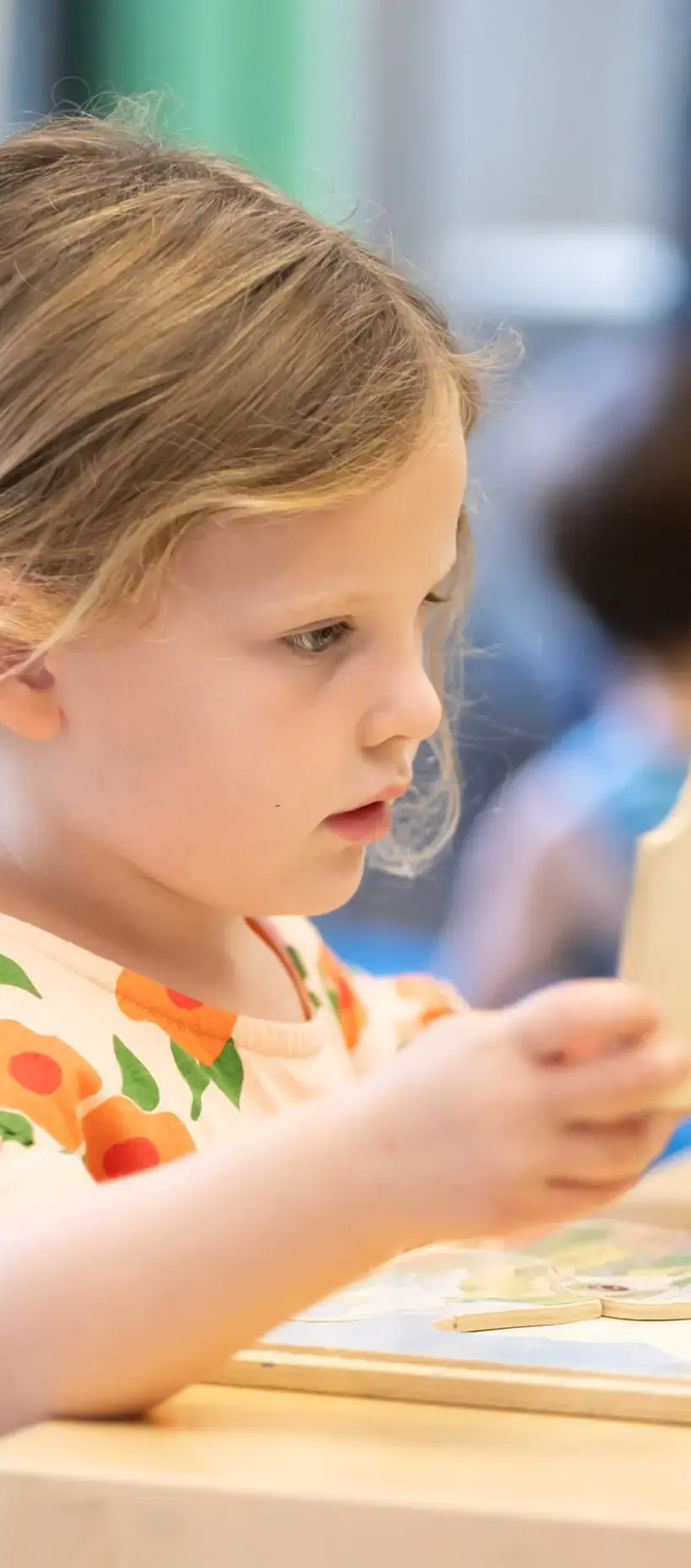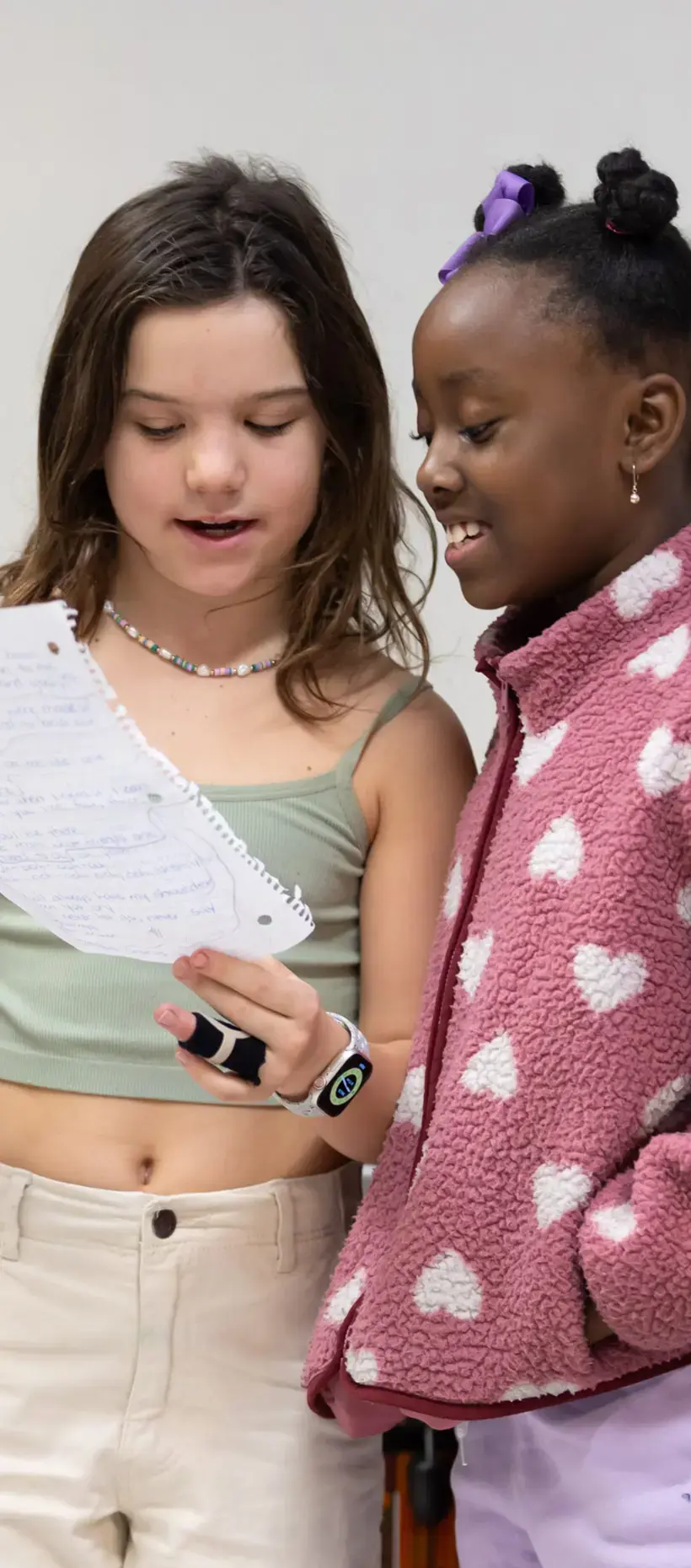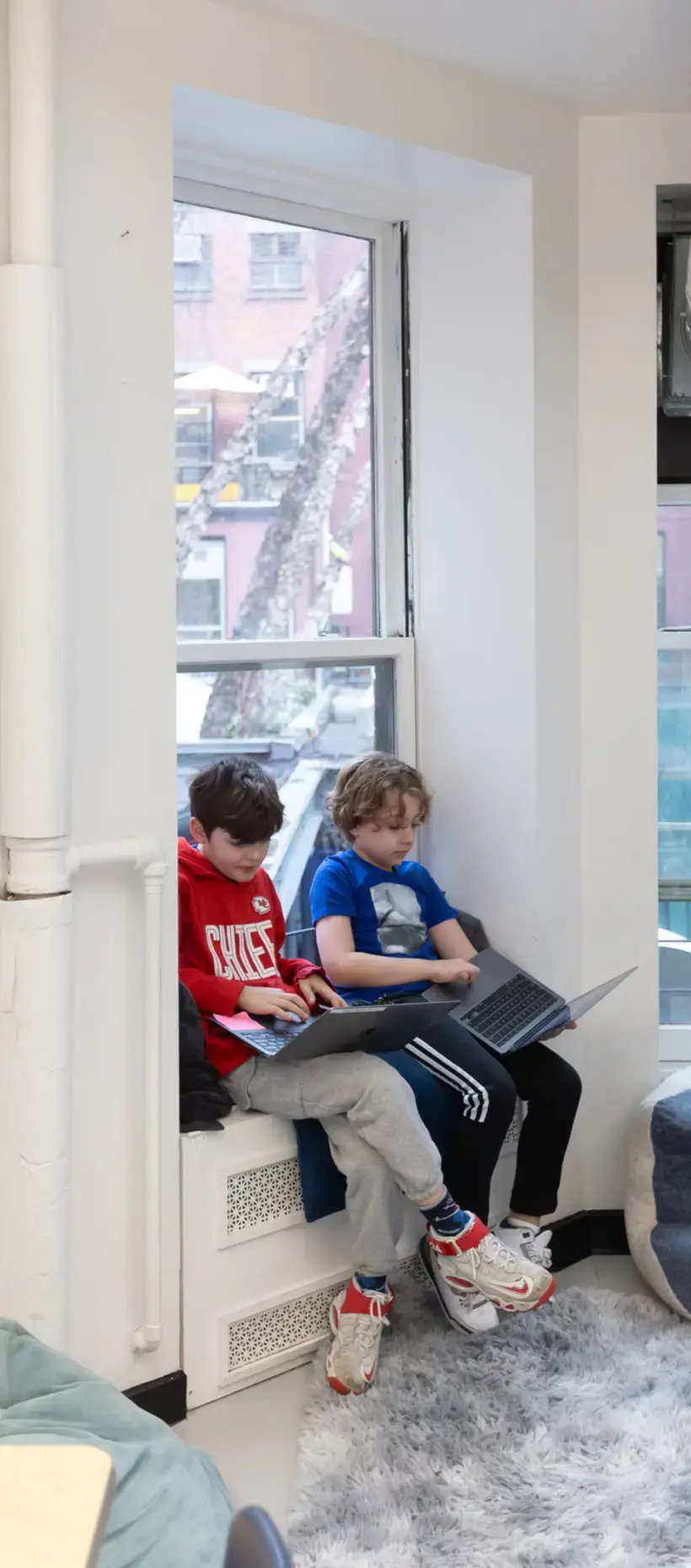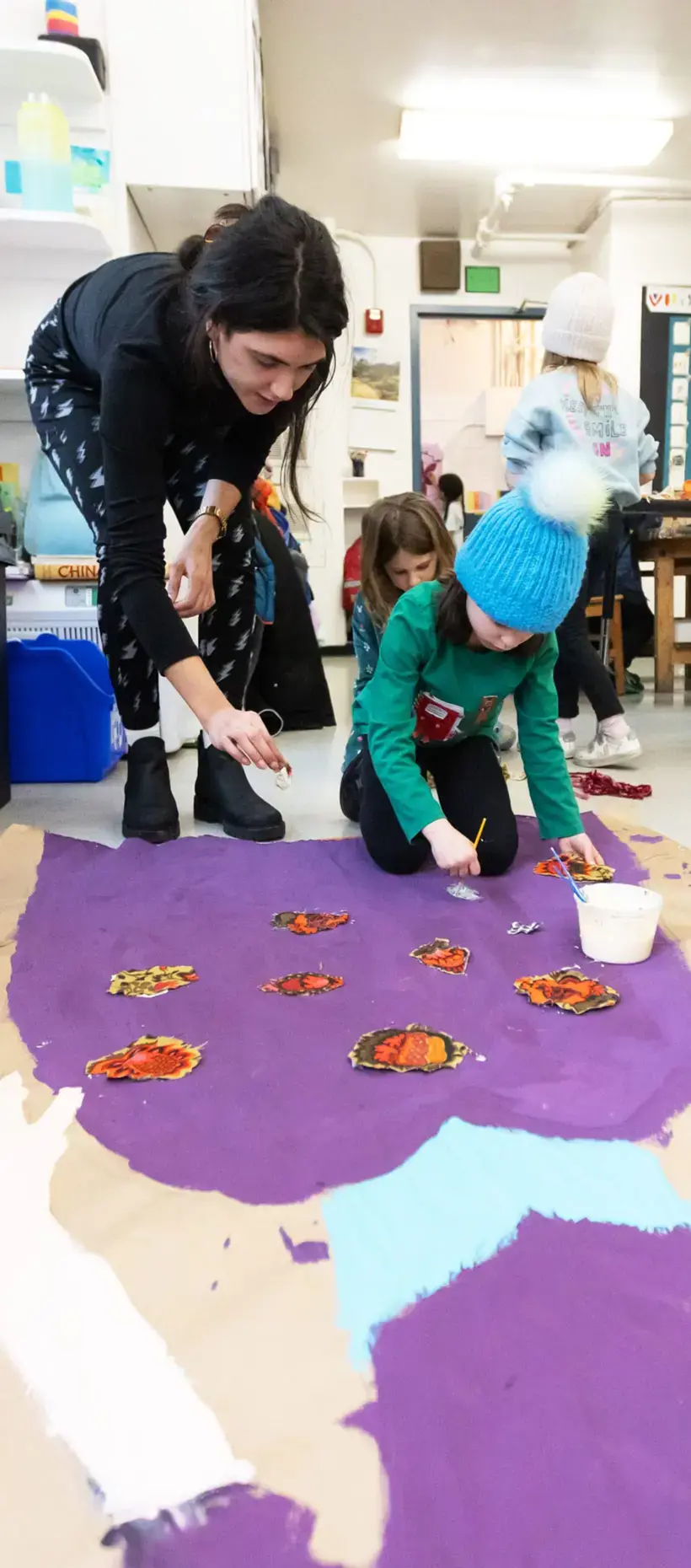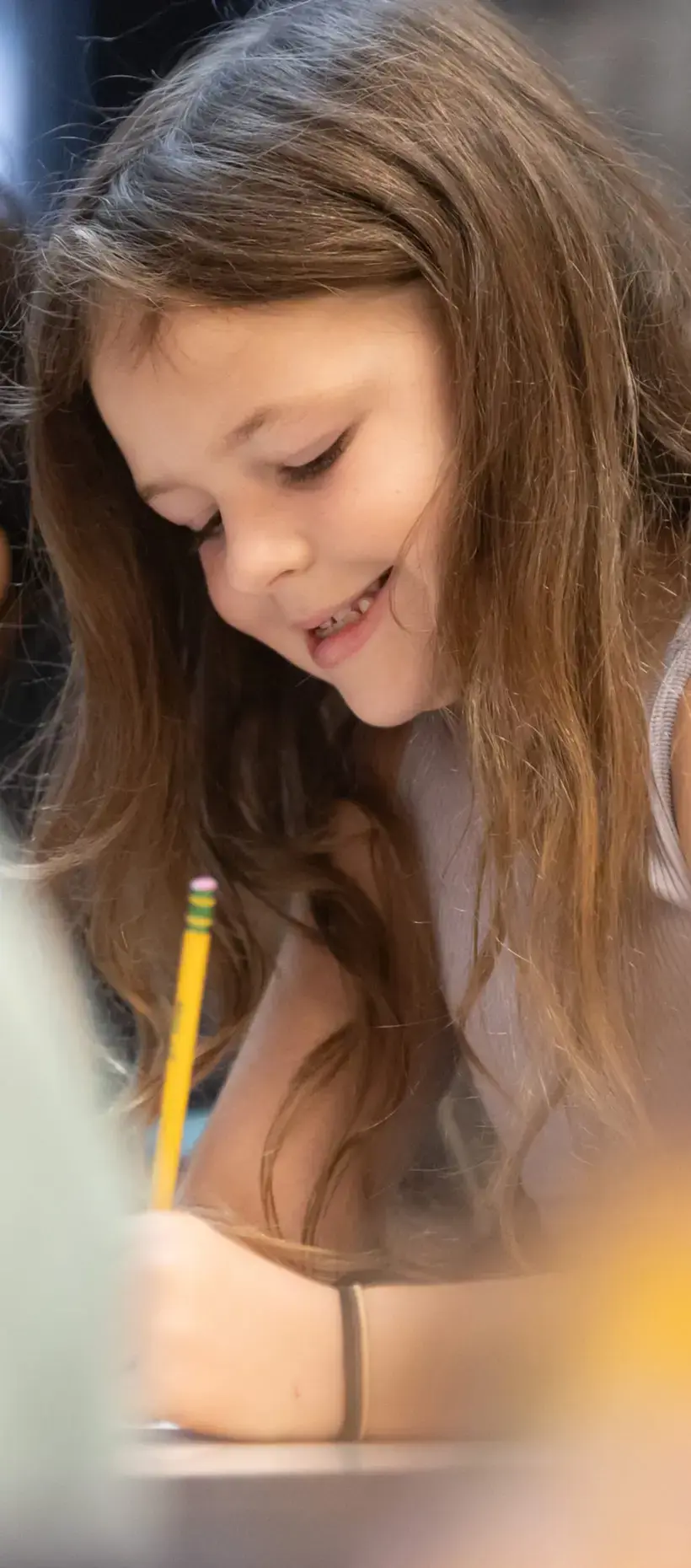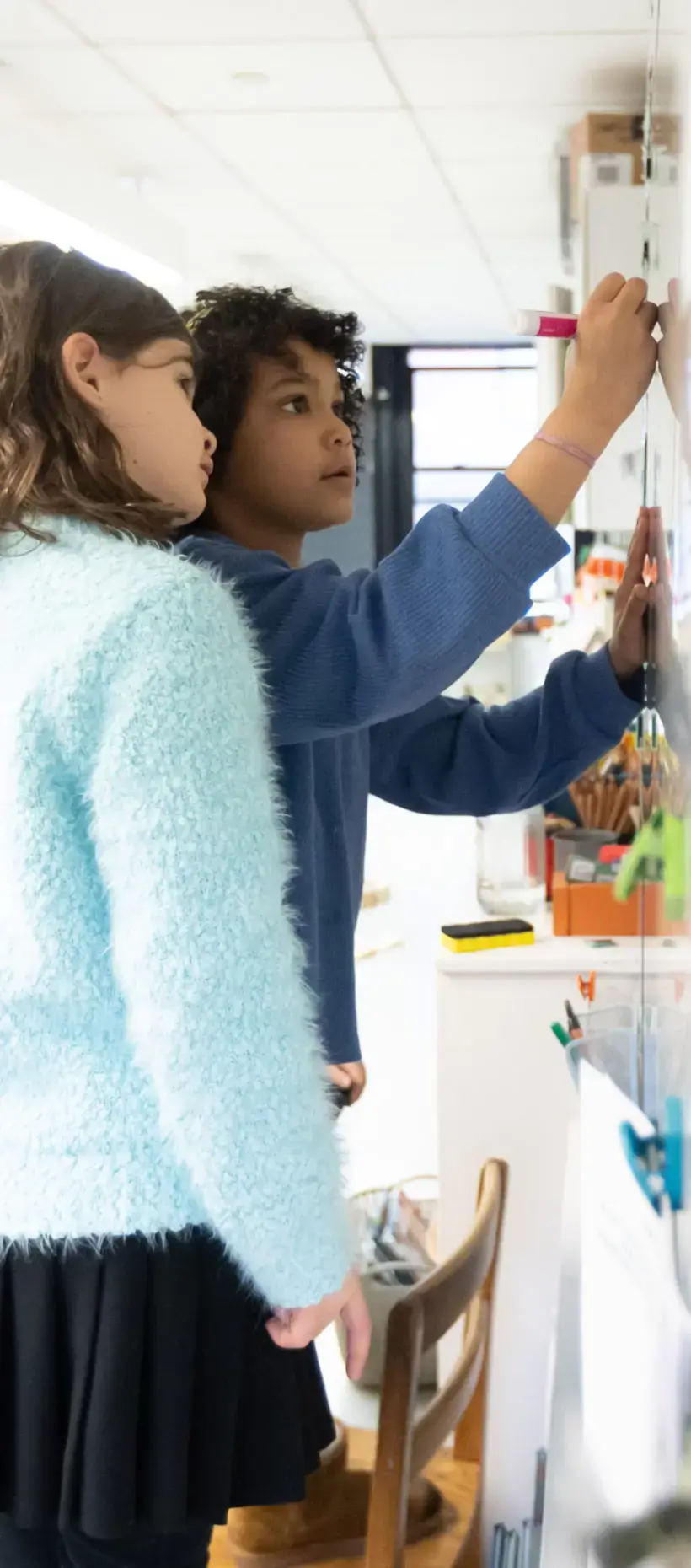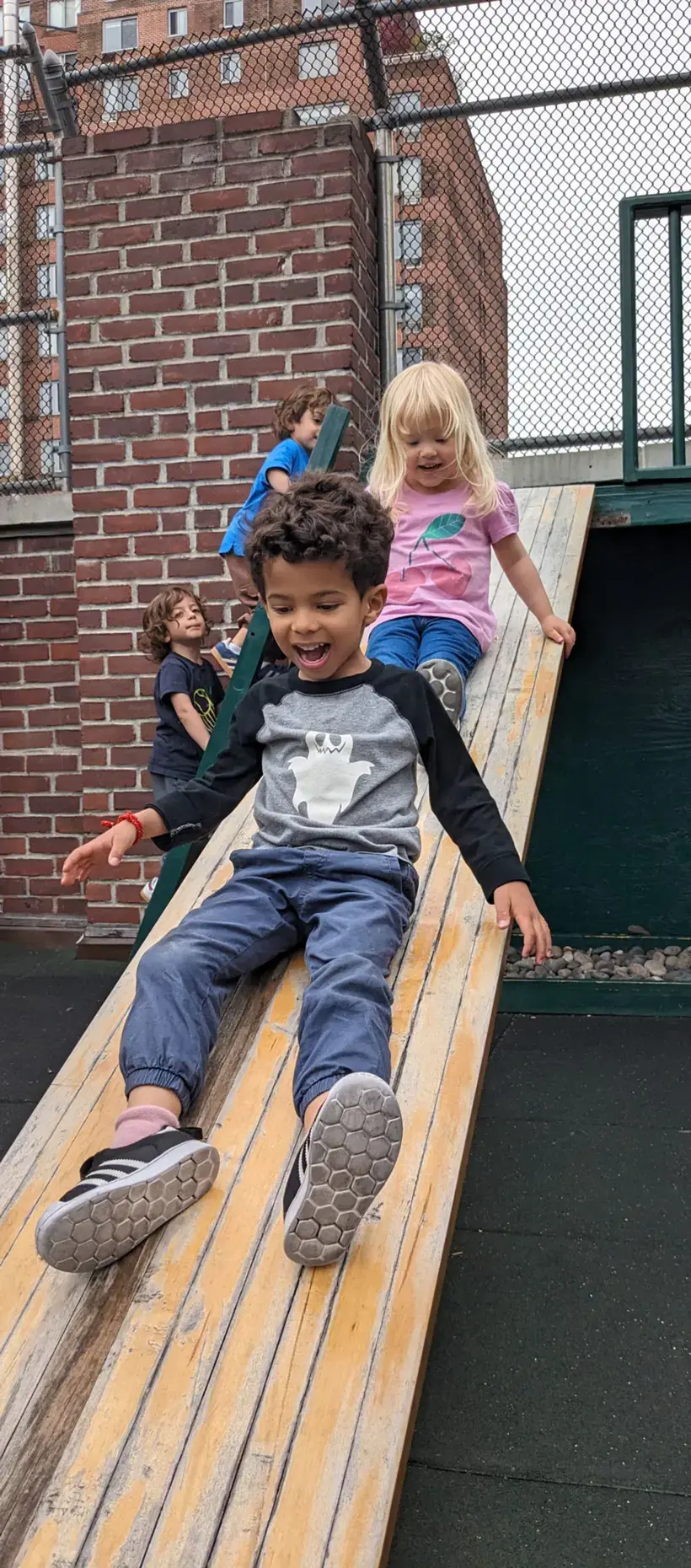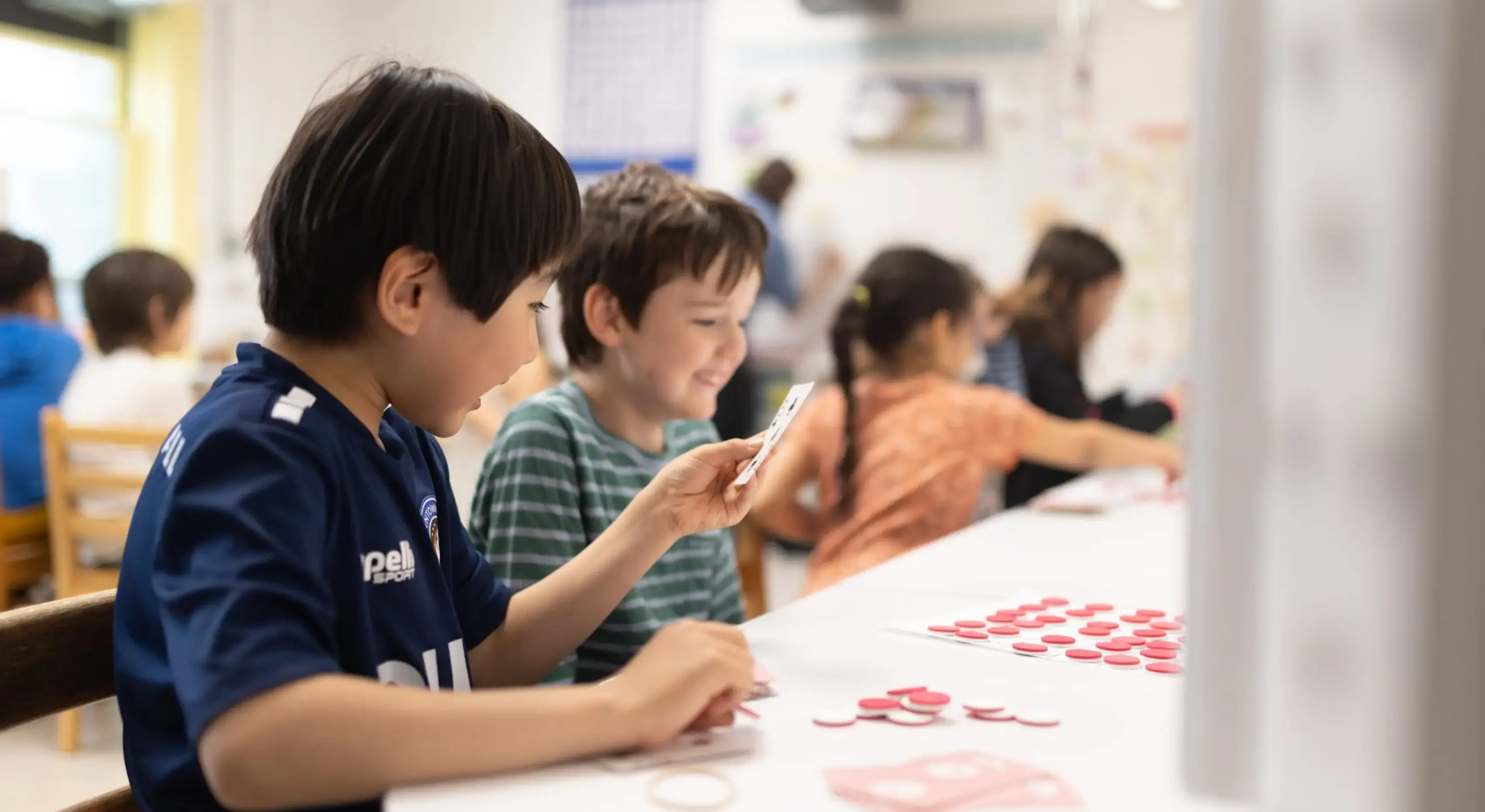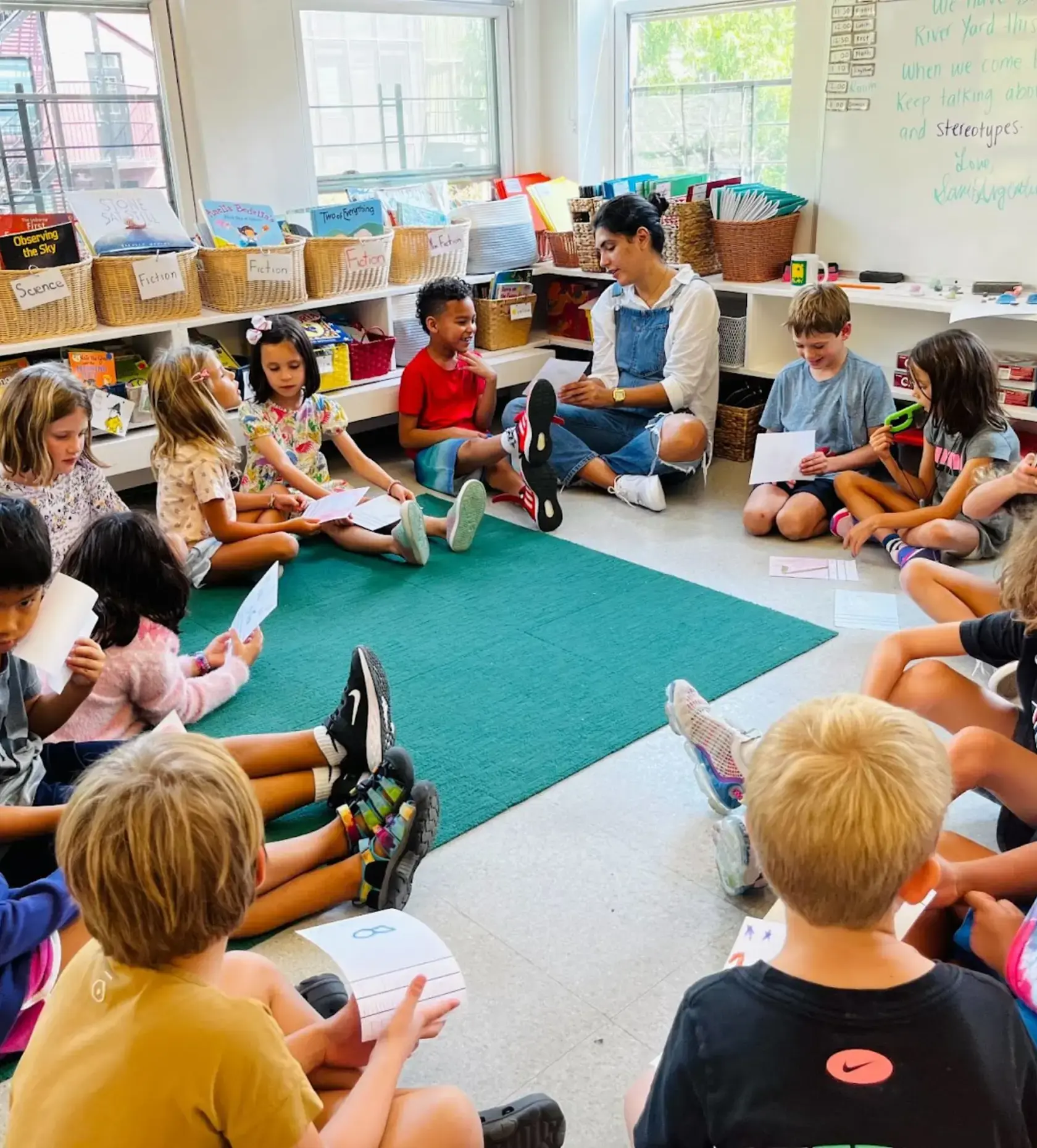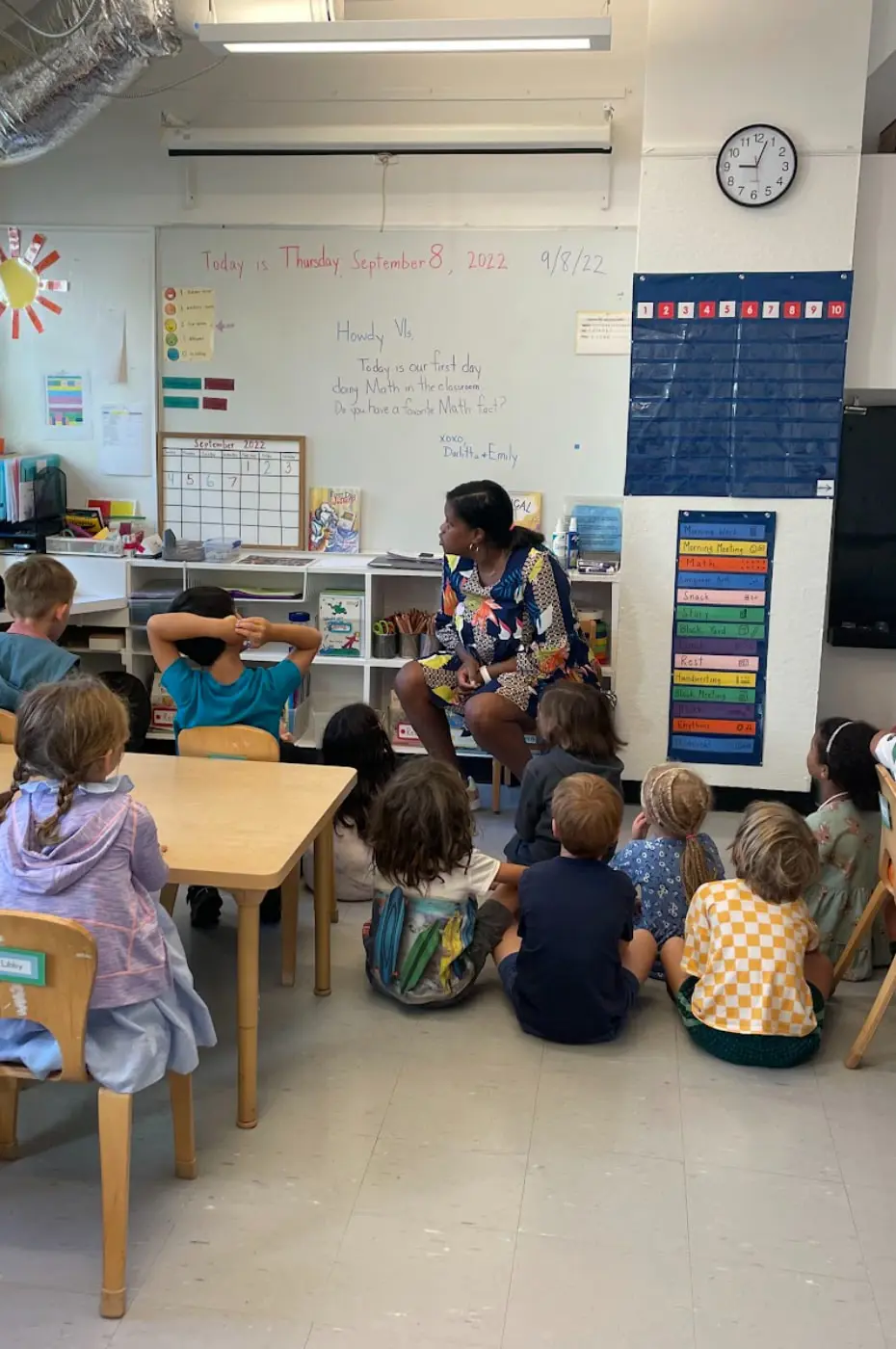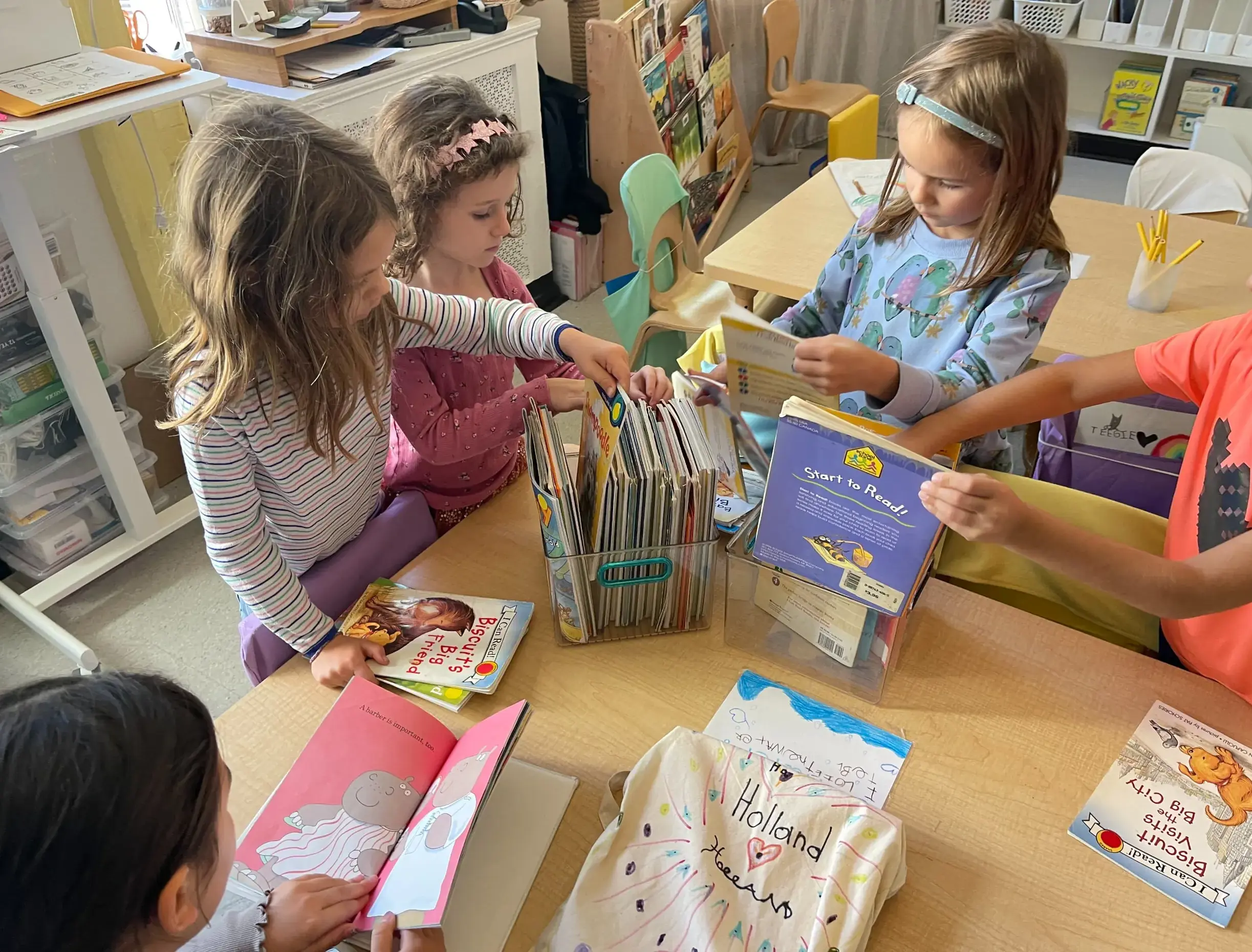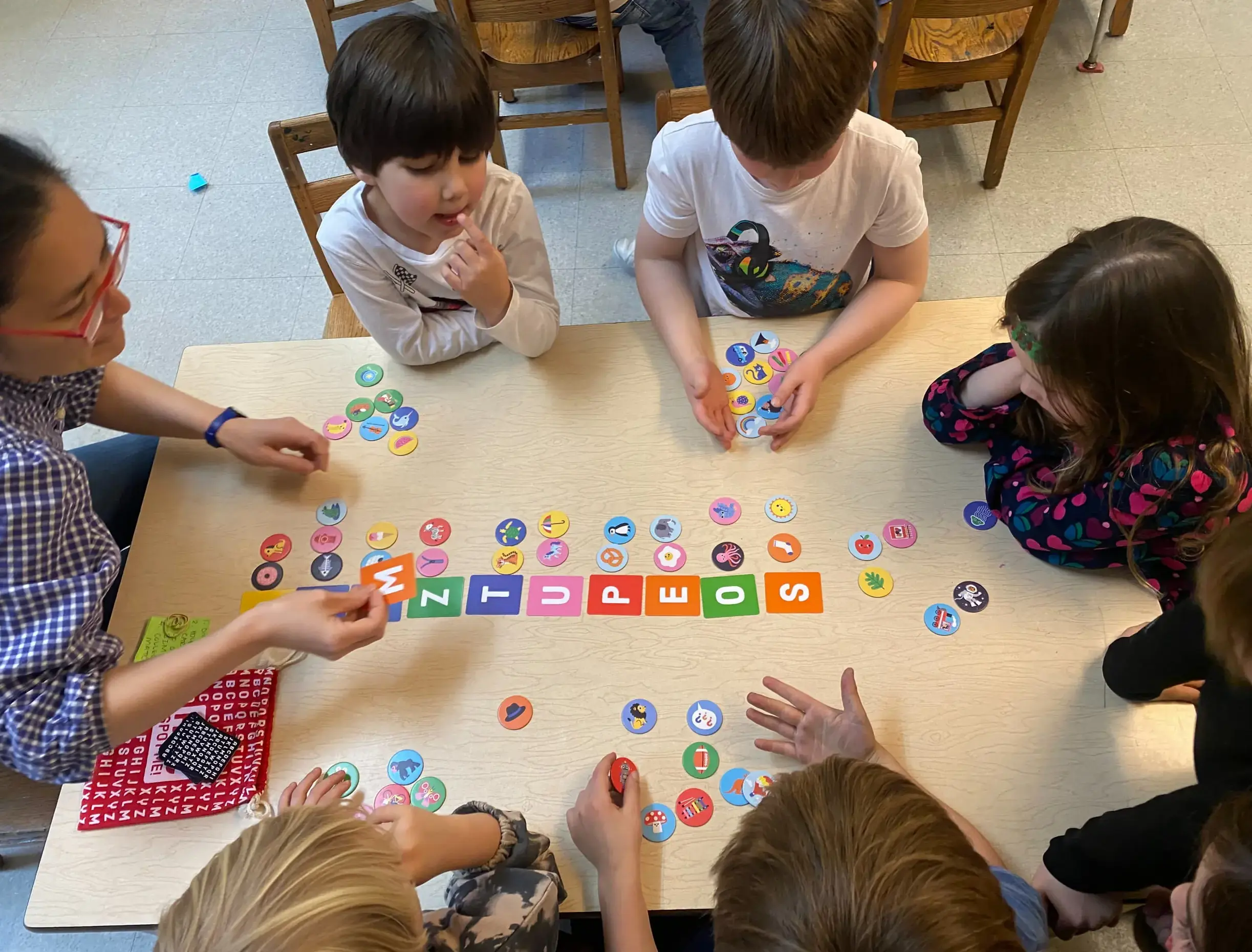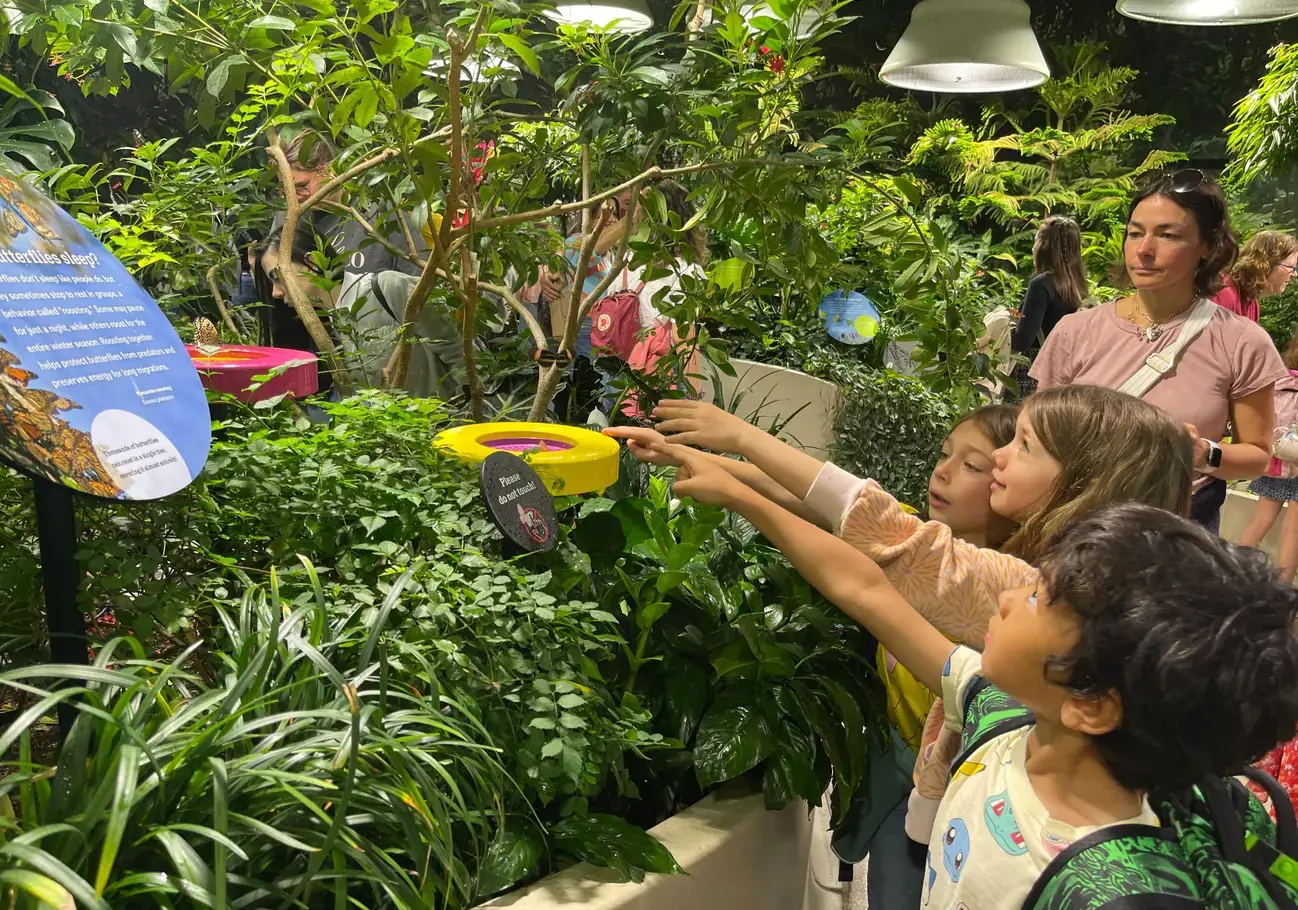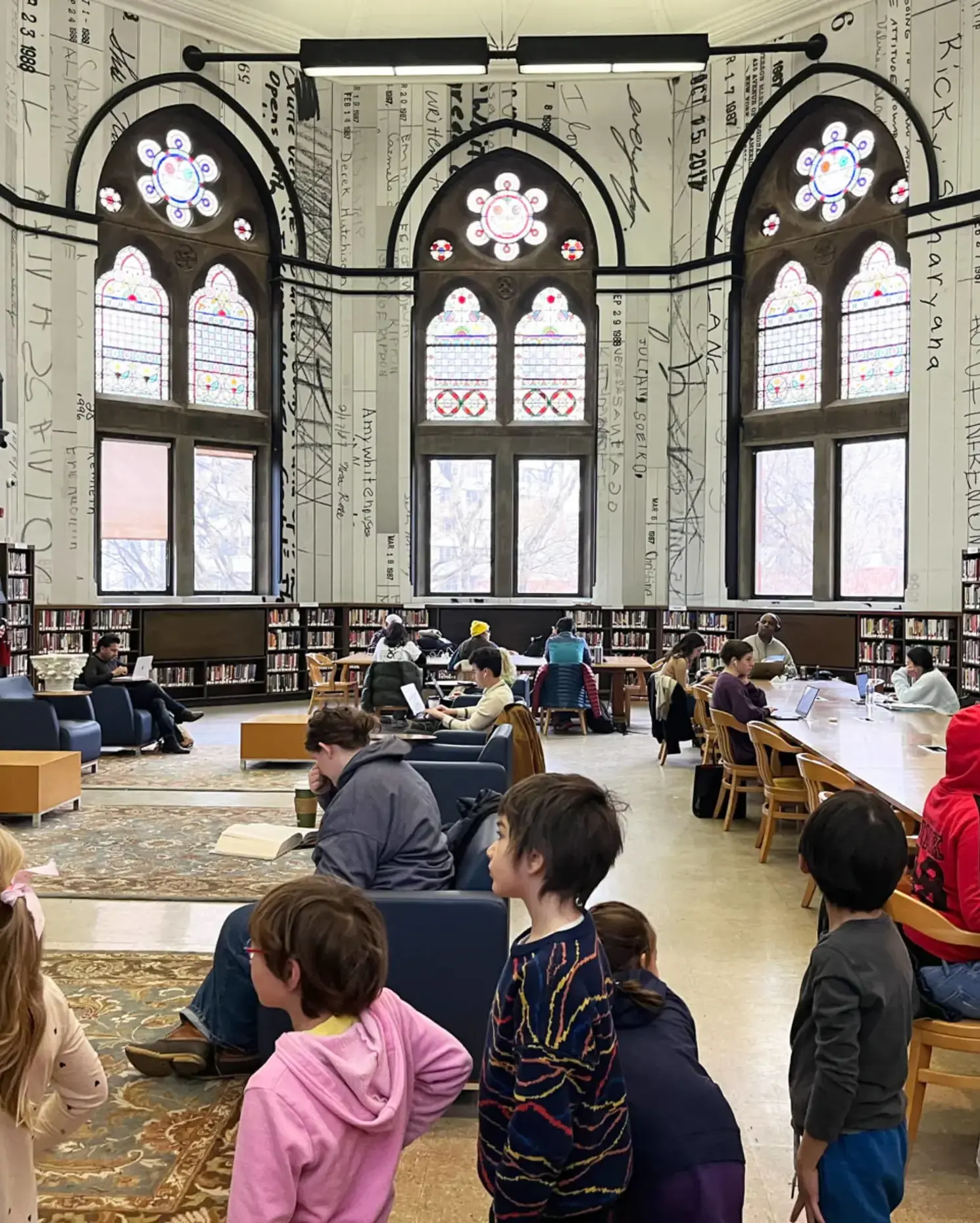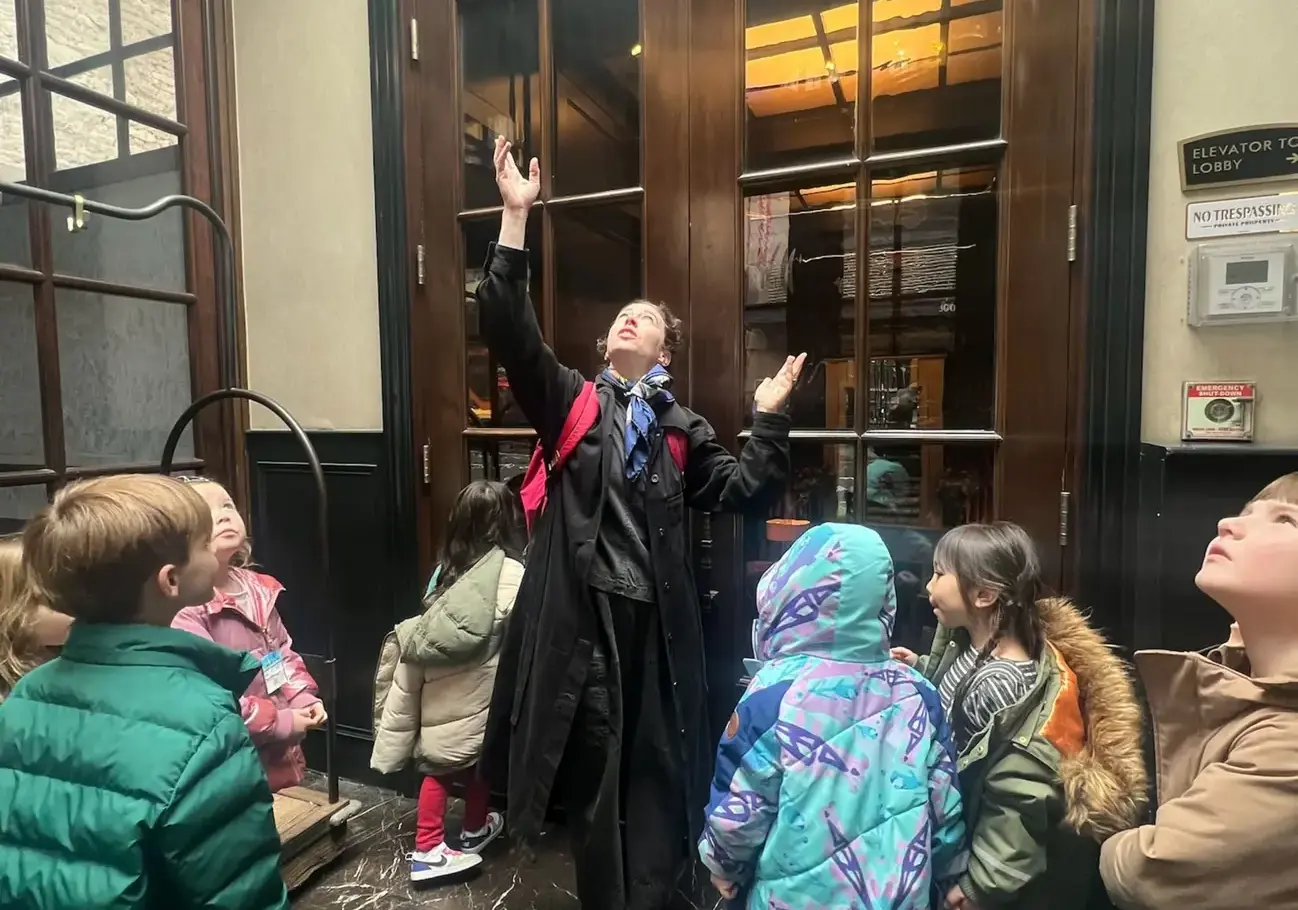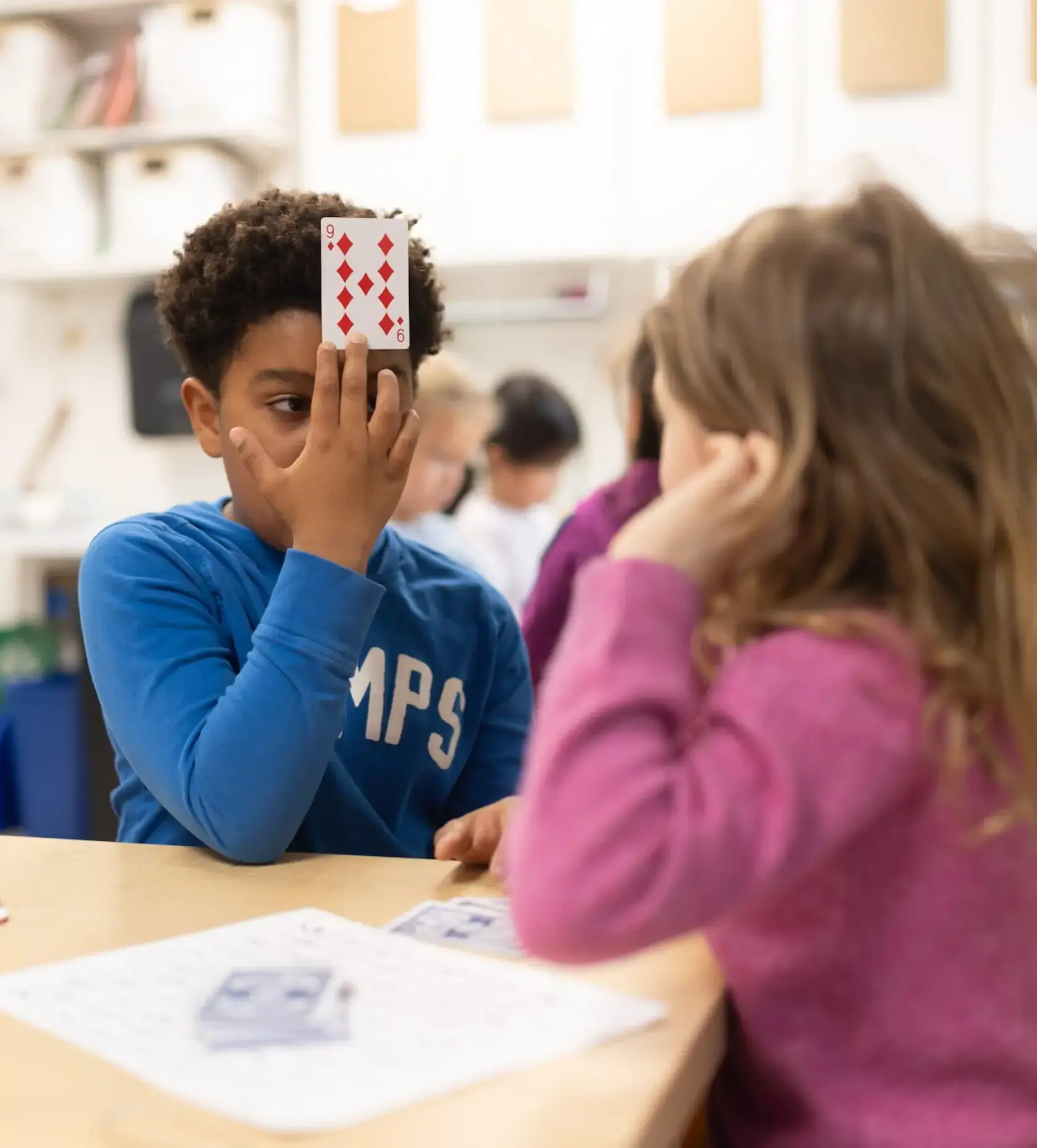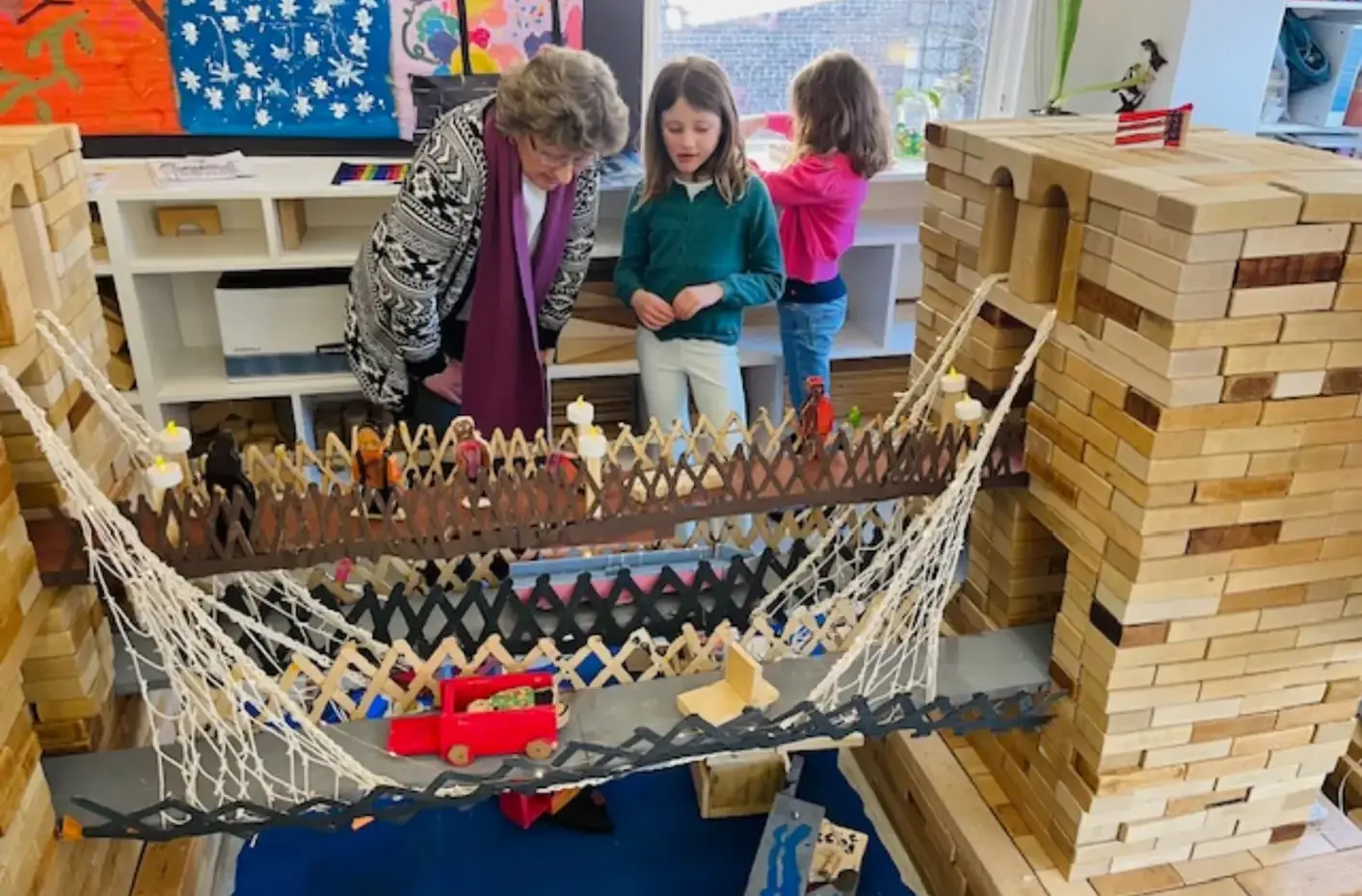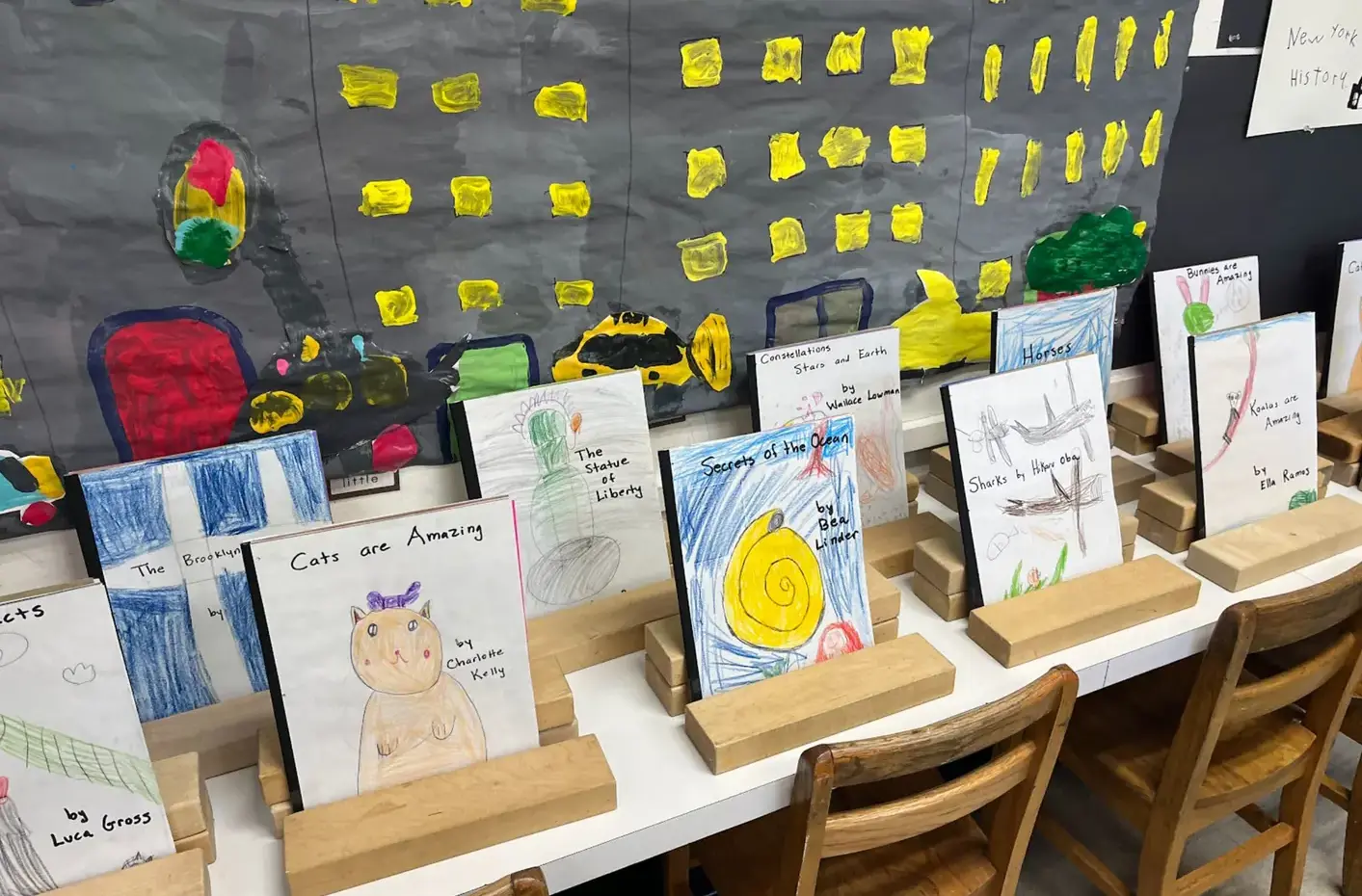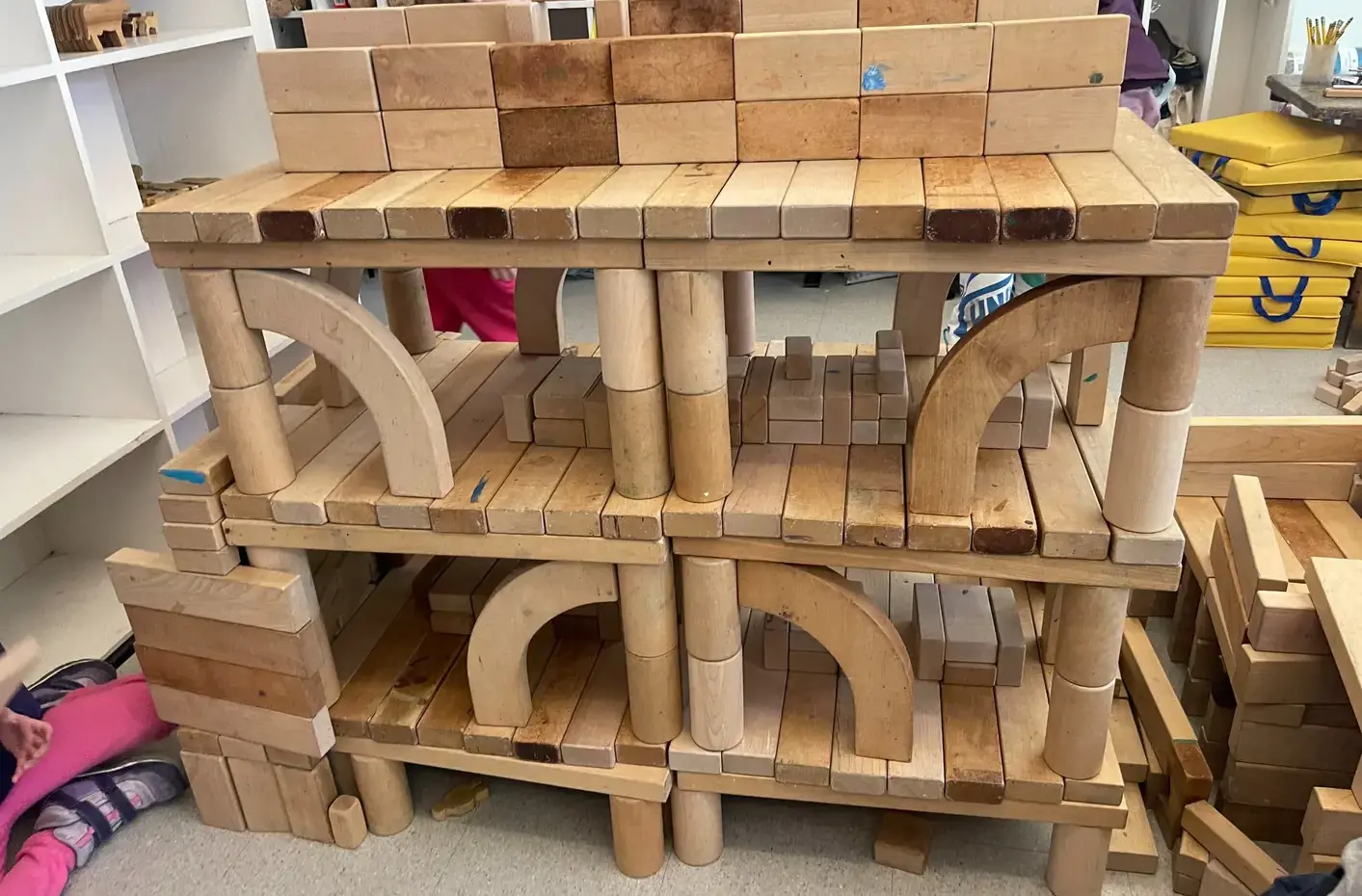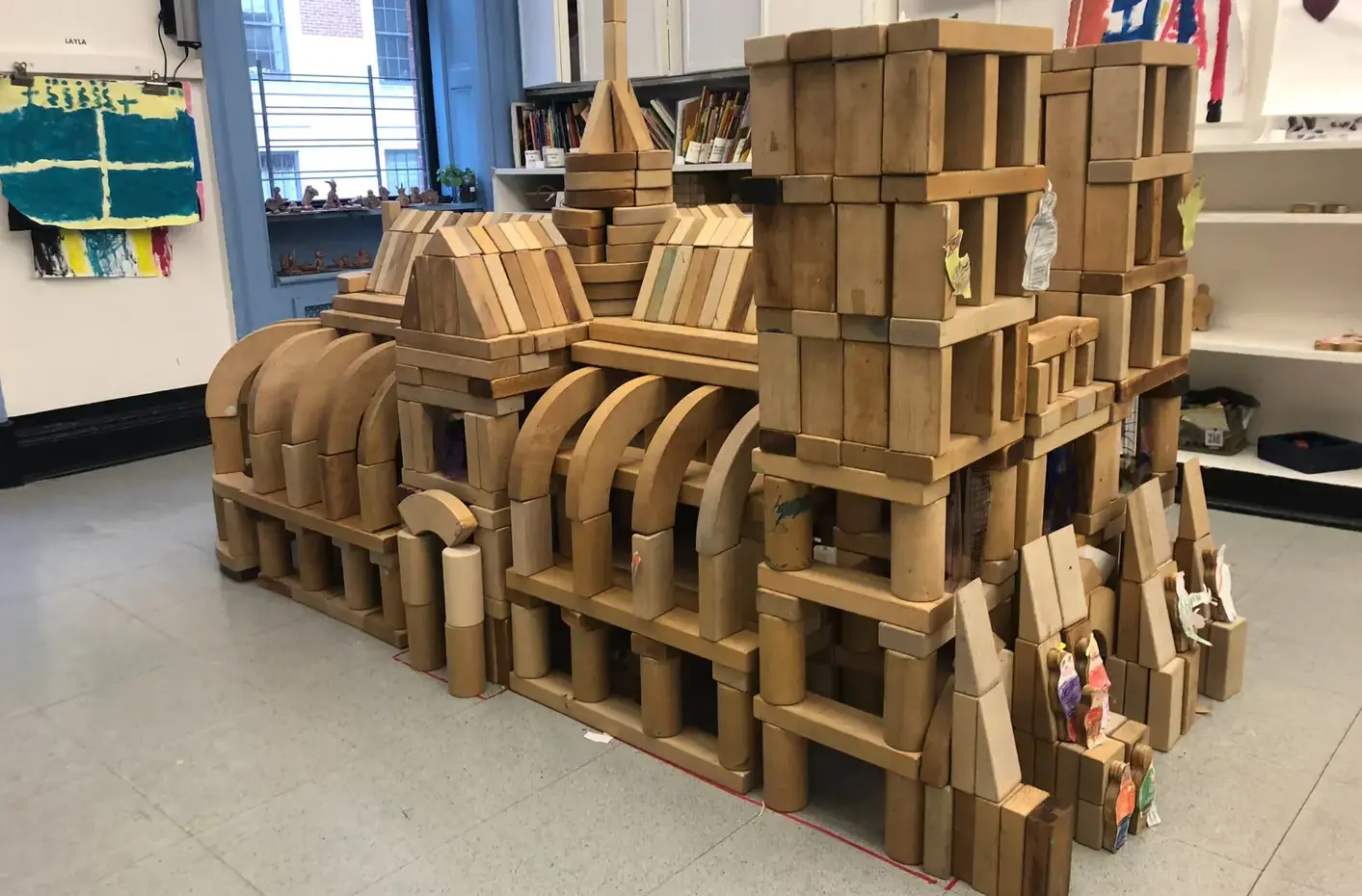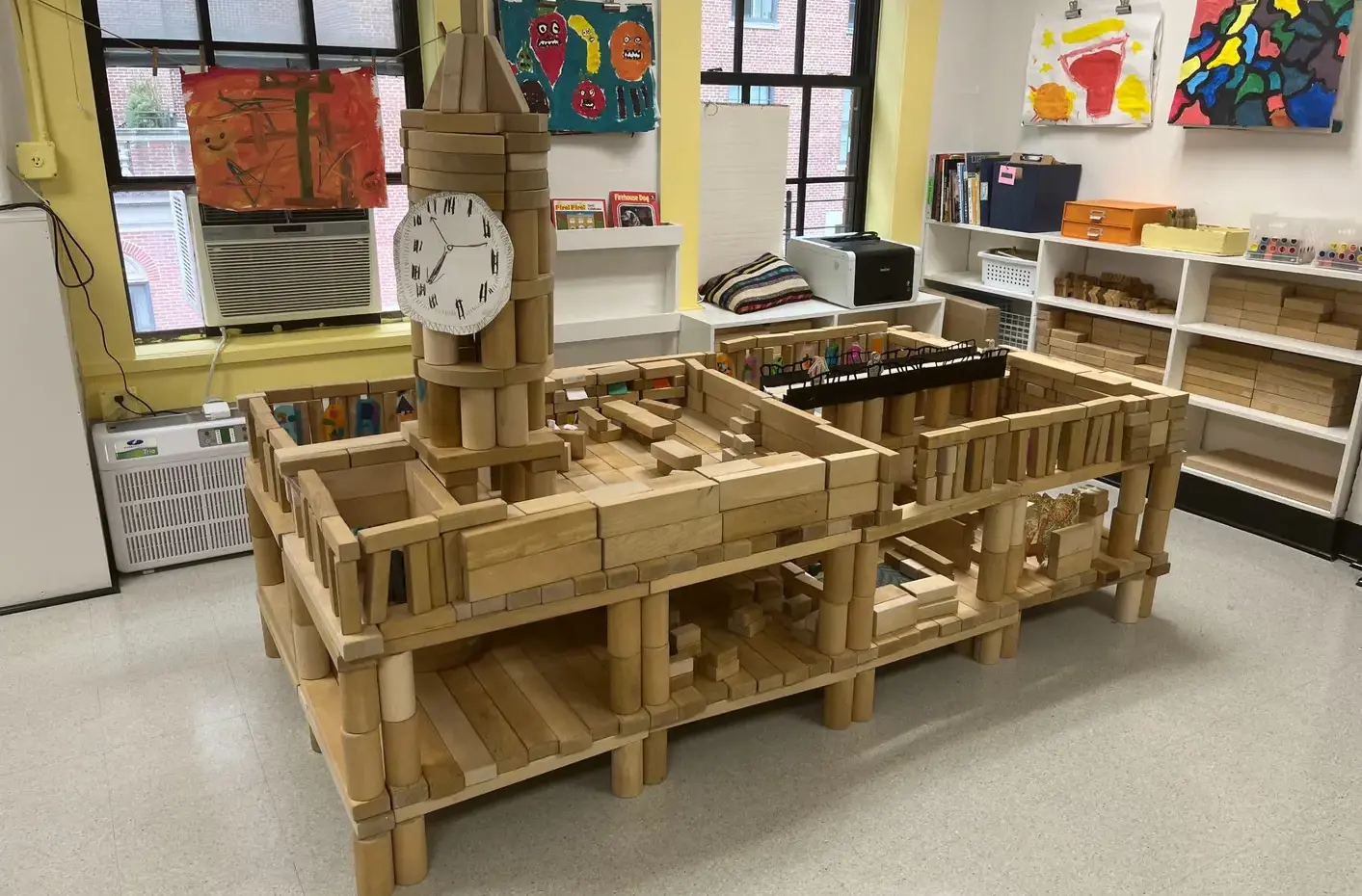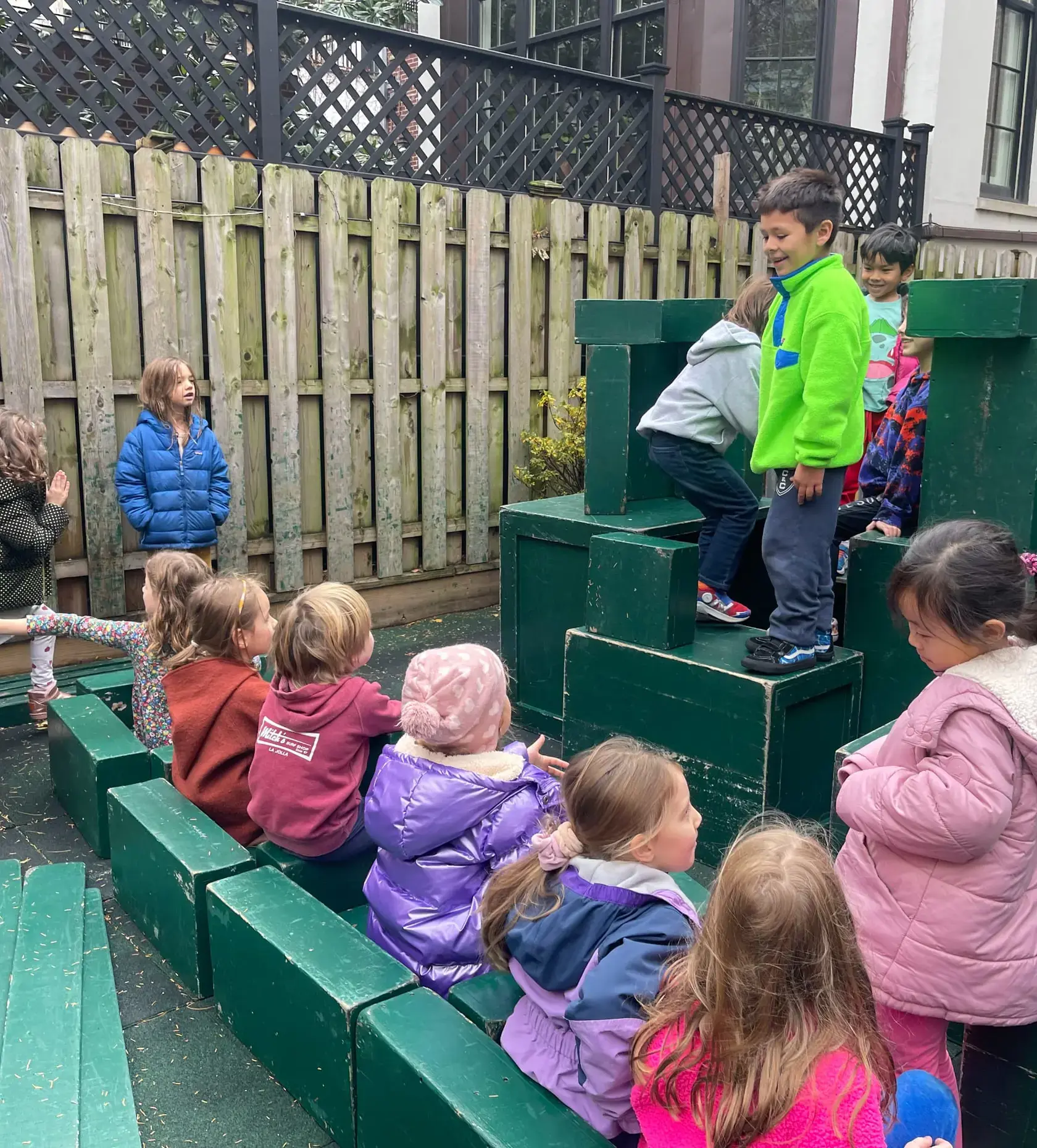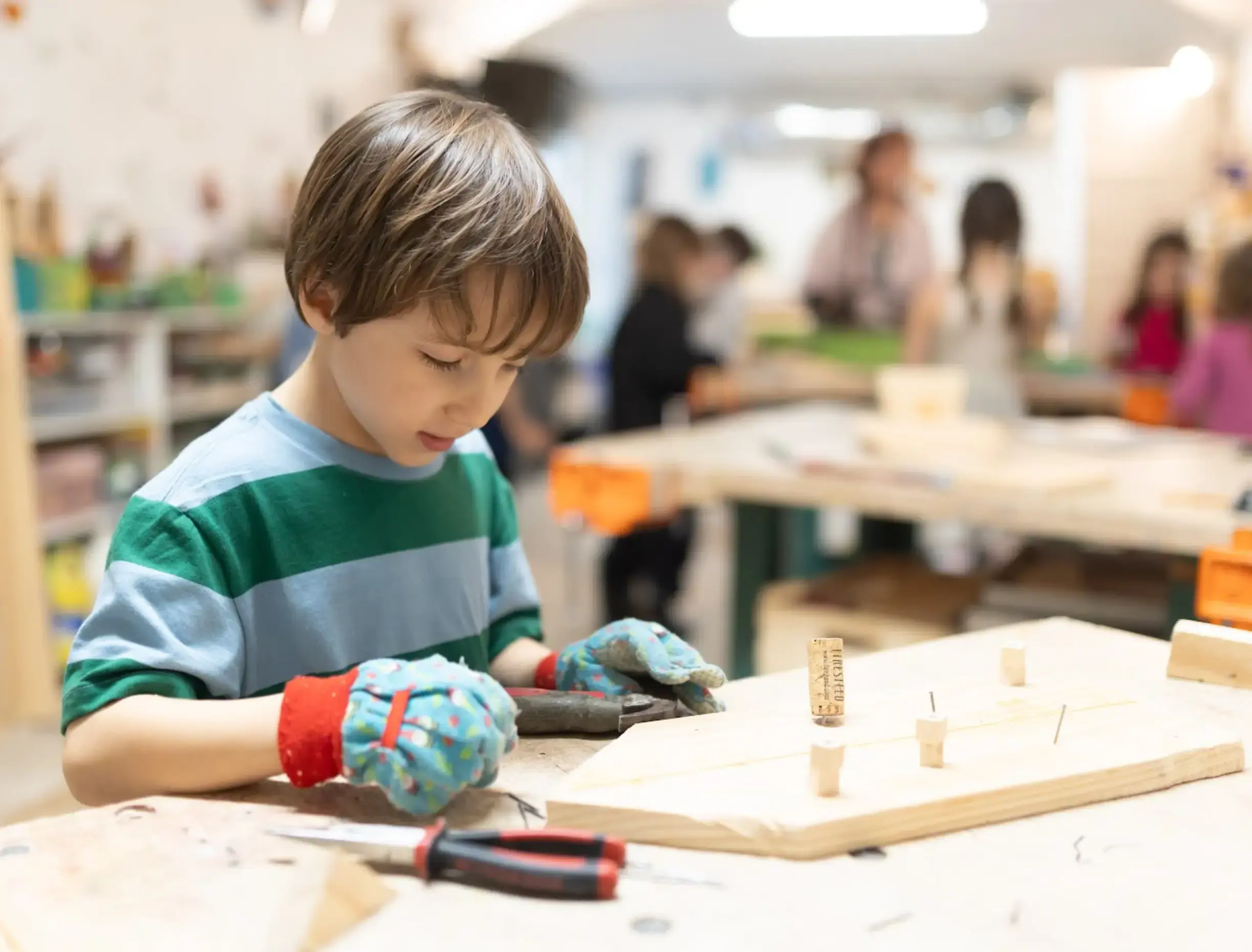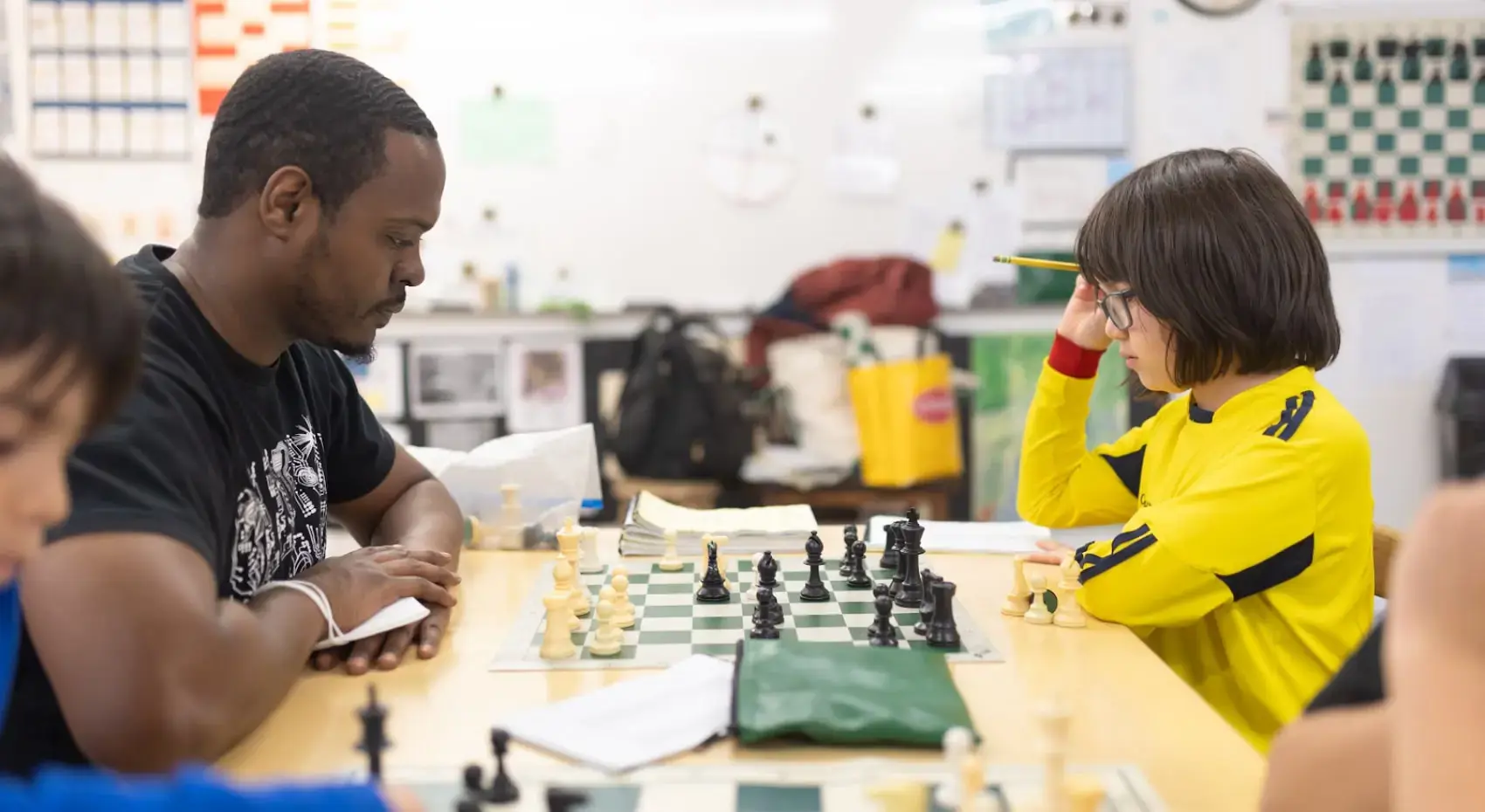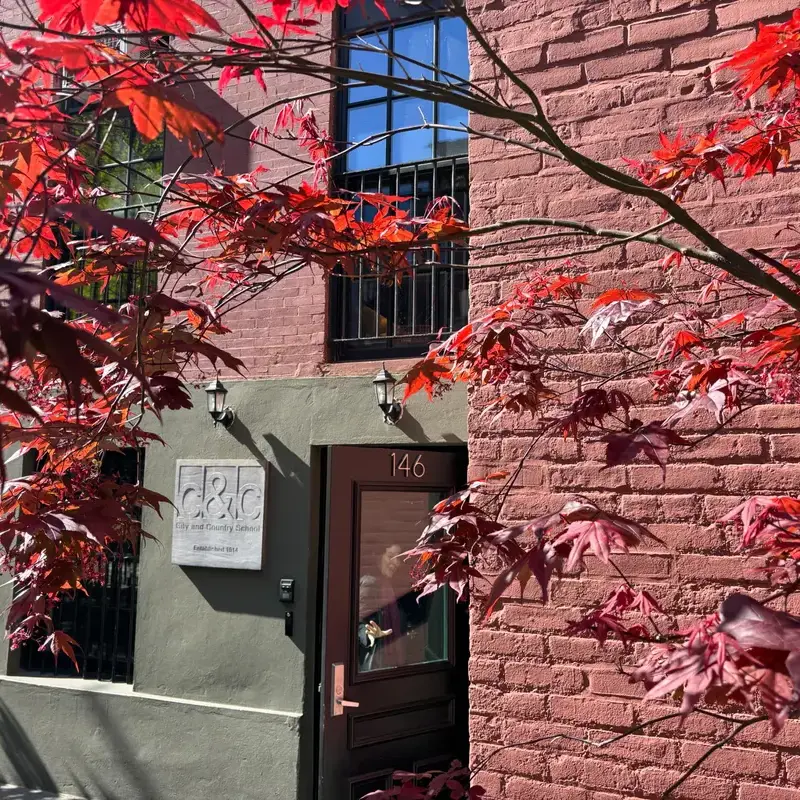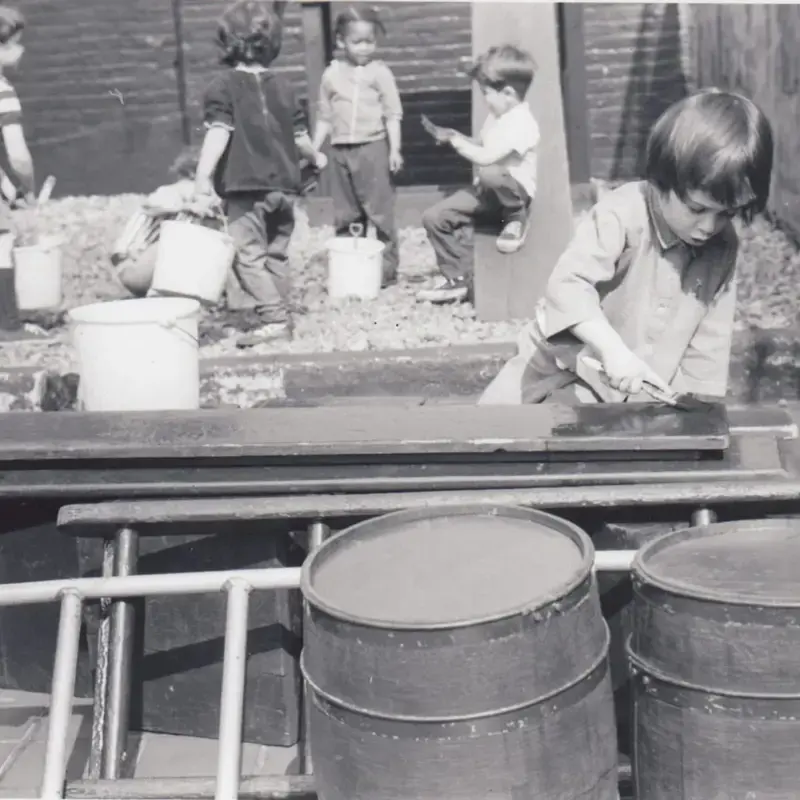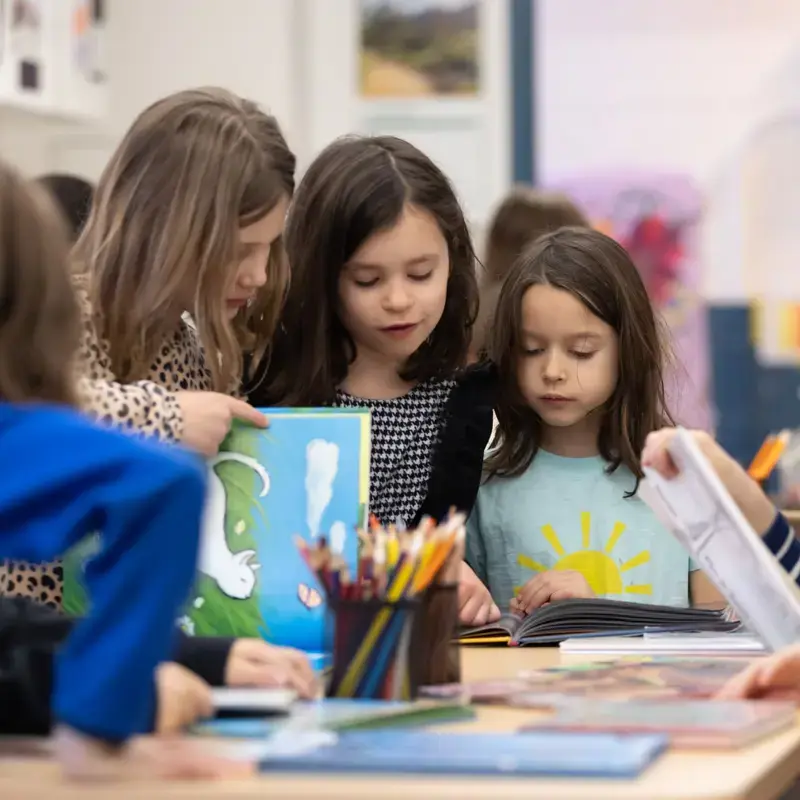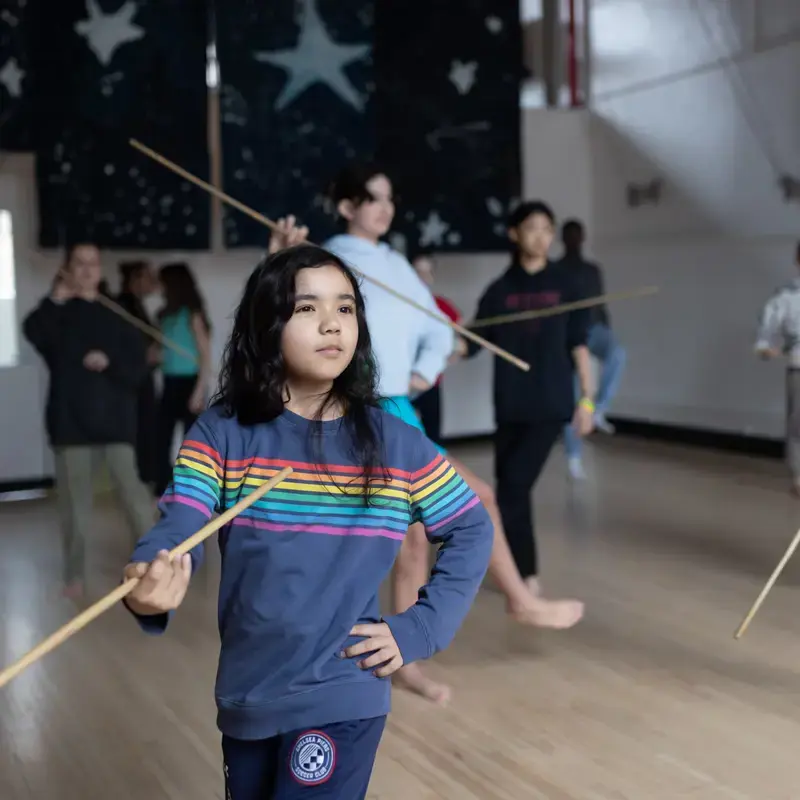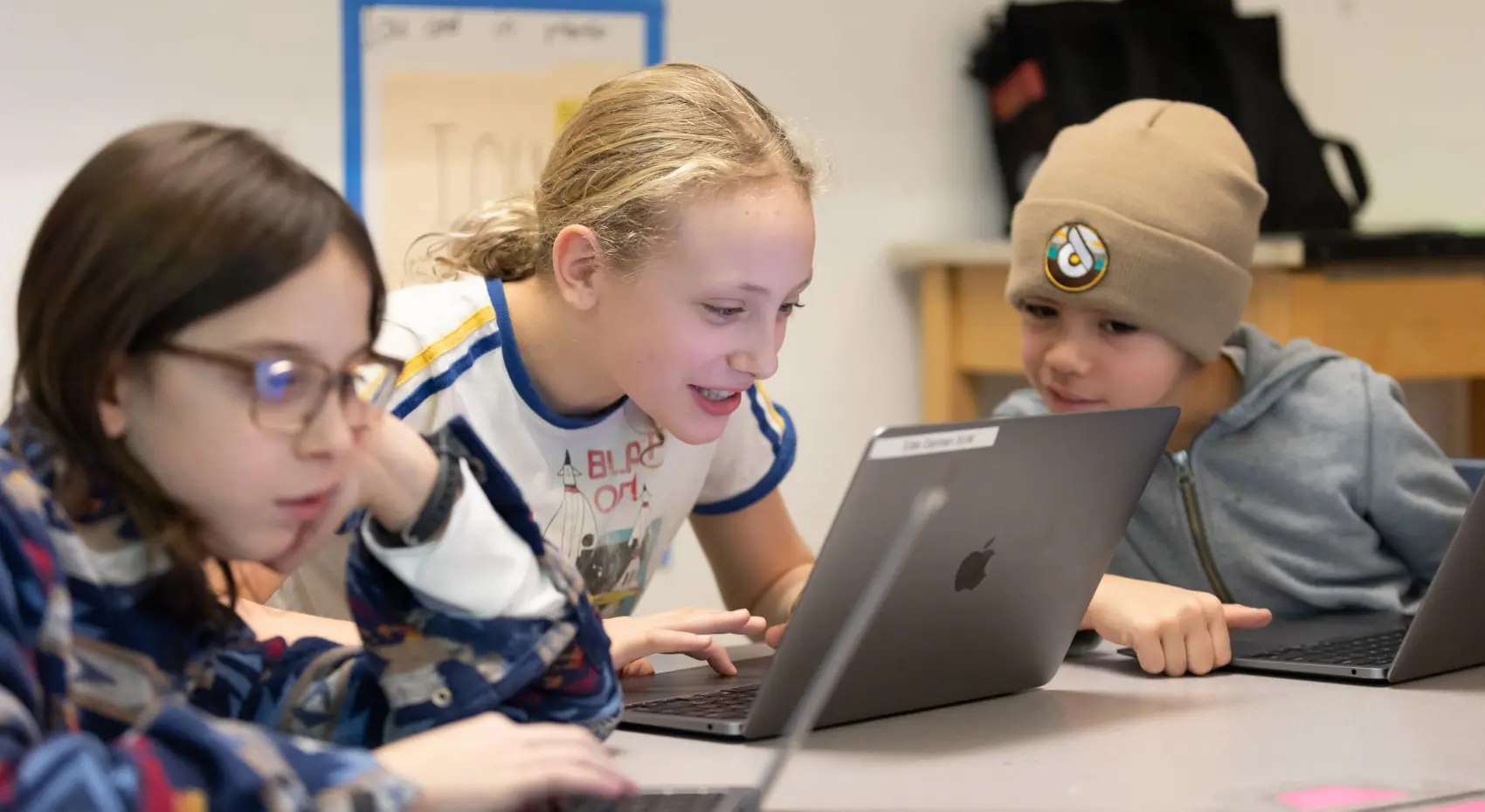Kickstarting the day.
|
Start the day with collective energy, focus, and intention: read the schedule, set goals, make plans. There’s so much to do in all of our subjects. And yay! There’s a trip today! |
|
Solidifying the art of language.
Our master teachers and specialists are the drivers behind the wheel of a skillfully planned literacy program. Their effective approach involves enjoyment of good books, deliberate and sequential skill-building, and individual attention to ensure comprehension.
NYC as the classroom.
We have so many questions. How do we find the answers? We go out and explore, of course! Field trips offer concrete first-hand opportunities for groups to experience the dynamic world of New York City. Armed with new info, children return to their classrooms to share perspectives, process their discoveries, and solidify their understanding of the world and their place in it.
The folks in the neighbohood see us approaching with our clipboards and questions. Here come the C&C kids, masters of research!
Mastering math. Will it be a new lesson? An activity? A review? Ah, today it’s a game!
|
Rote math? No way. Conceptual understanding is key. We unlock the path from children’s concrete experiences to the abstract thinking inherent in the world of math. Hands-on work leads to deep understanding and a nimble mind. |
|
Fresh air anyone? An hour in the Block Yard to envision, create, lift, stack, and, sometimes, learn how to kindly disagree.
|
Not only did Caroline Pratt invent our iconic indoor blocks, she also created our outdoor building materials. With the help of a pediatrician, Pratt designed materials that would stretch children’s mental dexterity as well as their physical strength and coordination. In our humble opinion, Caroline was a genius.
|
|
Branching out.
With each passing year, specials are added to the schedule, expanding children’s school experiences and honing their talents. Expert teachers get to know our students extraordinarily well, facilitating their growth year after year. This instrumental knowledge, deepened over time, helps the children flourish.
